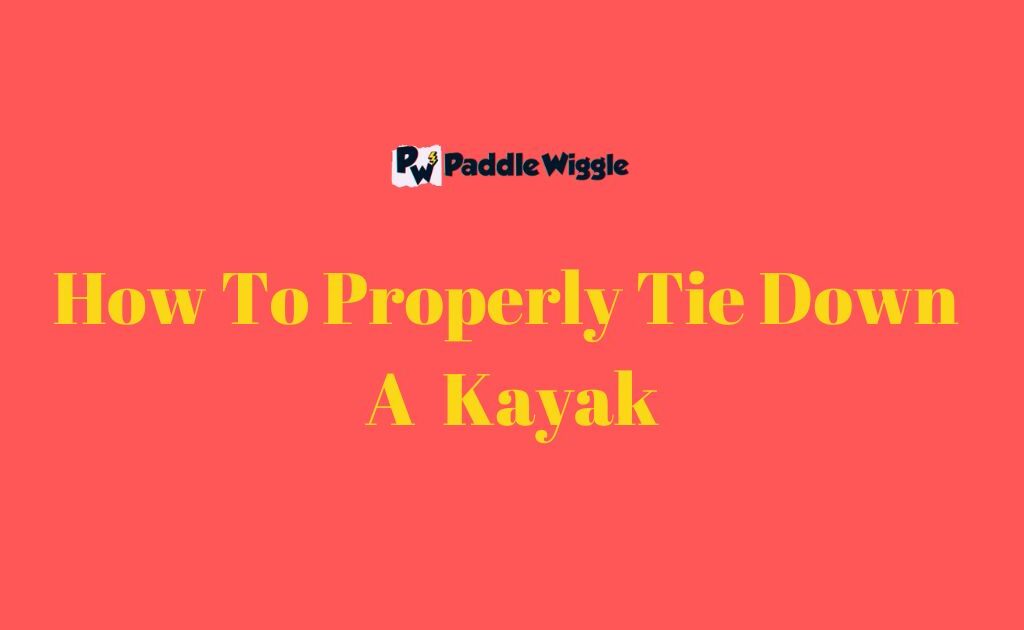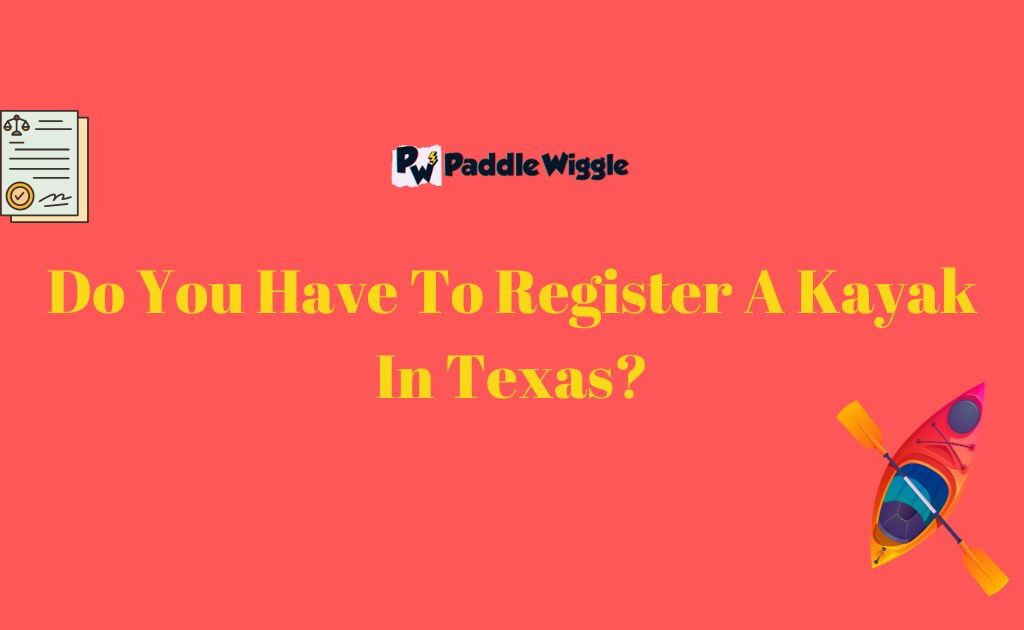Kayaking can be a blast, but when it comes to choosing a spot, it’s crucial to make smart choices. So, here’s the scoop: Should you hop in your kayak and brave the busy waters bustling with motorized boats? The answer is a big, resounding “NO!” It’s better to pick spots with fewer motorized boats to ensure you stay safe while having fun.
Let’s dive into why venturing into areas bustling with motorized boats might not be the best idea for your kayaking escapades.
Contents
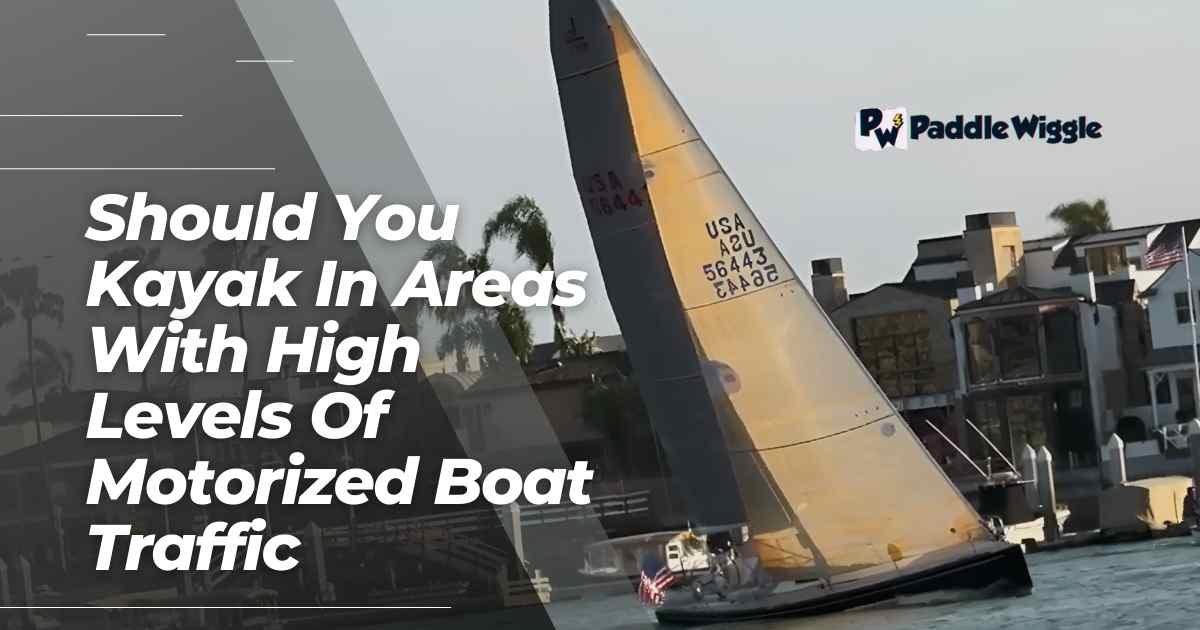
Reasons to Avoid Kayaking in High-Traffic Areas For Kayaking
Kayaking in areas with high levels of motorized traffic might cause unnecessary hassle. And there are many reasons why it’s not a good idea to go kayaking in places with lots of motorized boats. If you want to make sure your trip is safe, it’s better to pick spots with fewer motorized boats.
Here are a few reasons why it’s best to avoid such areas:
Increased Risk Of Accidents And Collisions
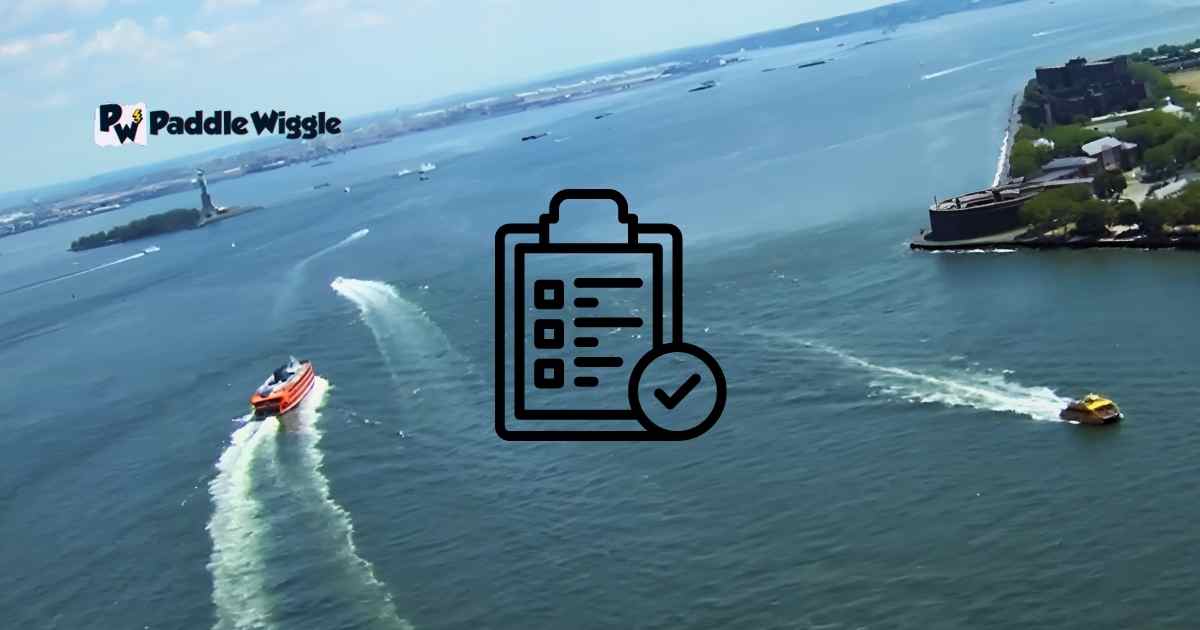

Motorized boats, like speedboats or jet skis, can move fast and might not be able to turn quickly or stop in time if they spot a kayaker nearby.
Kayaks are smaller and harder to see than big boats, making it easier for boat operators to accidentally overlook them.
And colliding with a motorized boat can lead to serious injuries or even worse. That’s why staying away from areas where motorized boats are zipping around is essential.
Disturbance And Discomfort Caused By Boat Wakes
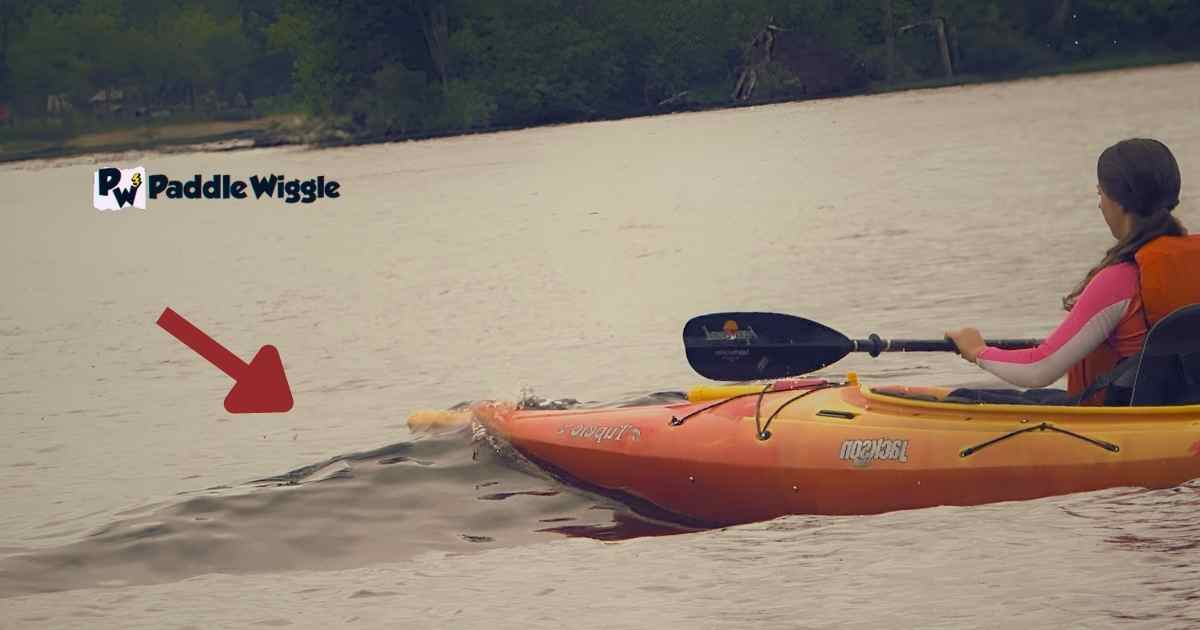

- When motorized boats zoom through the water, they create waves called wakes. These waves can make it challenging for kayaks to stay balanced.
- Kayakers need to stay in control of their kayaks, but the unpredictable patterns of boat wakes can make it difficult to keep steady and might even cause a kayak to tip over.
- Constant boat traffic can also make kayakers feel stressed and unsafe, which takes away from the fun and relaxation that kayaking should bring.
Considering those factors, it’s clear that opting for areas with fewer motorized boats is a wiser choice for kayaking. Doing so can cut the risks associated with accidents and collisions.
Moreover, you’ll have a better chance of maintaining stability and control in waters without the disruptive boat wakes. This will allow you to fully enjoy the serenity and beauty of nature while kayaking, enhancing your overall experience.
Essential Tips for Kayaking In High-Traffic Areas
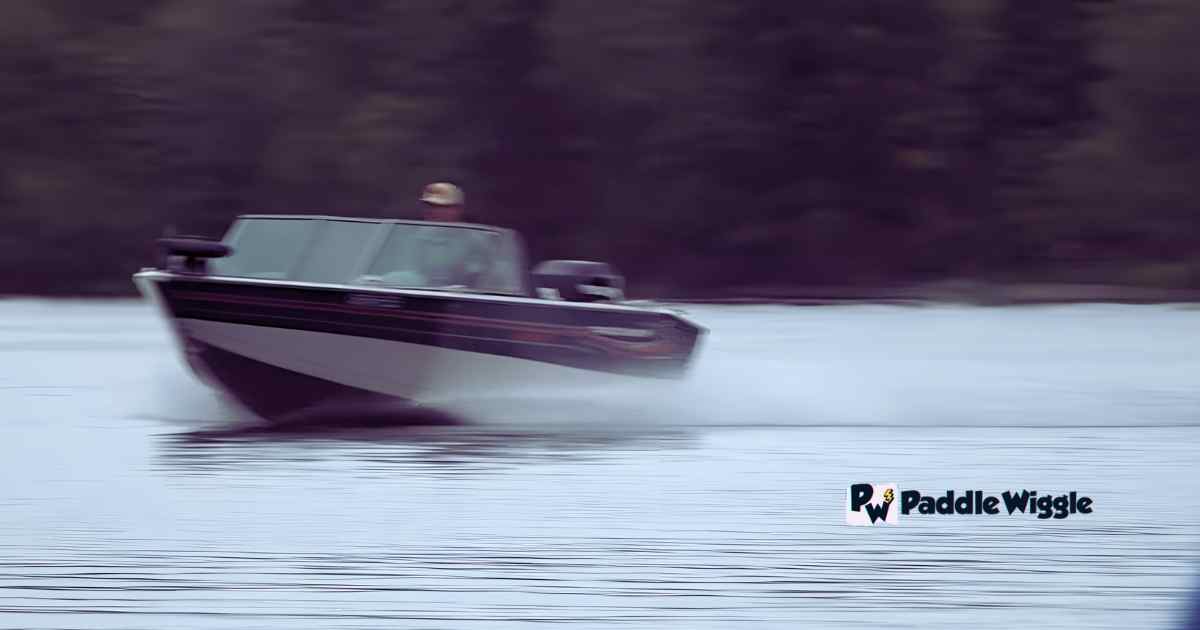

Kayaking in areas with high levels of motorized boat traffic requires extra precautions. To ensure a safe and enjoyable experience, following essential tips that prioritize your well-being on the water is important. Check the following guidelines to make it safer:
Stay Visible And Use Safety Equipment
If you’re considering kayaking in areas with lots of motorized boat traffic, it’s important to prioritize your safety. In such busy waterways, making yourself more visible to other boaters and ensuring they know your presence becomes crucial.
Let’s explore some simple steps to help you stay safe and enjoy kayaking in these areas.
Make Your Kayak Easy To See
To make sure other boaters can see you, it’s a good idea to attach a brightly colored flag or reflective tape to your kayak. These eye-catching additions will help you stand out and be easily spotted amidst the busy waterway. Bright colors and reflective materials are particularly effective in catching the attention of others, reducing the risk of accidents, and ensuring you are noticed.
Use A Whistle
Using a whistle is a great way to alert nearby boats of your presence. Whistles are loud and can easily attract attention. If you find yourself in a situation where you need to let others know you’re there, simply blow the whistle. The loud sound will grab the attention of nearby boaters and ensure they are aware of your presence.
Carry A Signaling Device
While kayaking in areas with high motorized boat traffic, preparing for emergencies is essential. Carrying a waterproof flashlight or signaling device can be extremely helpful in such situations. These tools can be used to communicate or signal for help if needed.
If you get lost, injured, or encounter any other emergency, the signaling device can be used to call for assistance and get the attention of others.
Maintain Situational Awareness And Monitor Boat Traffic
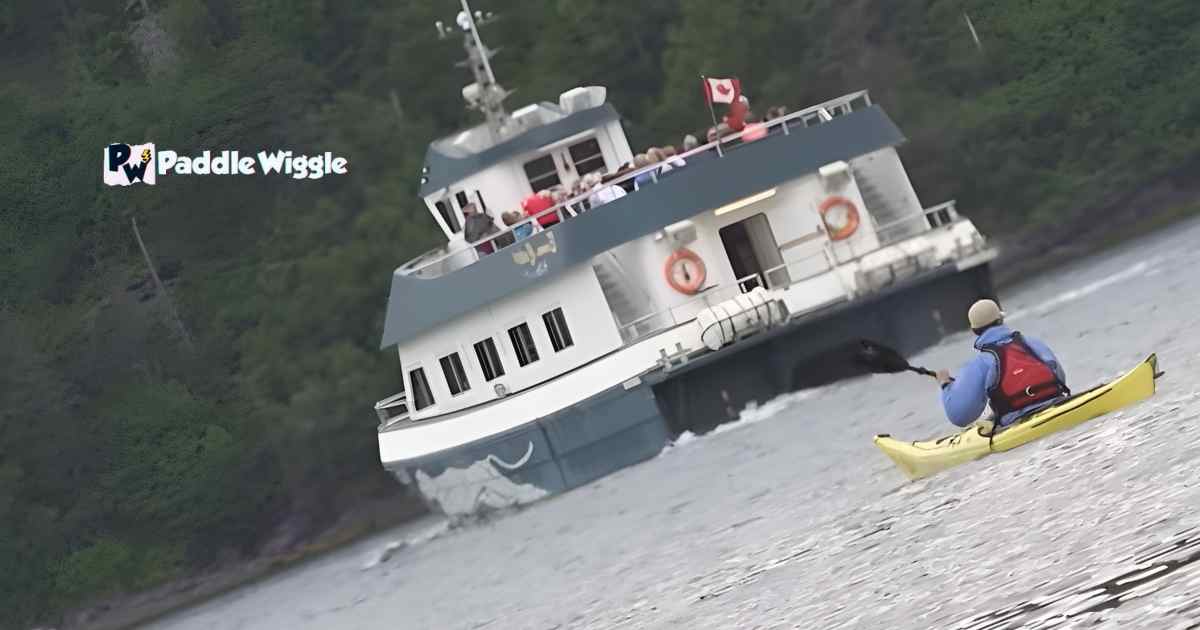

Maintaining situational awareness and monitoring boat traffic can greatly reduce the risk of accidents. Let’s explore some simple tips to help you stay safe on the water.
Keep an Eye On Your Surroundings
Always pay attention to what’s happening around you. Continuously scan the water for any signs of boat movement. Look for boats coming from different directions or approaching your kayaking area. You can avoid potential collisions with motorized boats by staying alert and aware of your surroundings.
Listen For Engine Noises
Another way to know if boats are nearby is by listening to engine noises. Motorized boats have engines that make distinct sounds, so train your ears to pick up those sounds. If you hear an engine, be extra cautious and keep an eye out for any boats that might be approaching. Additionally, watch out for boat wakes, the waves created by passing motorized boats. These wakes can give you a clue that a boat is nearby.
Choose Less Congested Areas
To further reduce the risk of accidents, avoiding congested areas or busy boating channels where boat traffic is heavy is a good idea. Instead, opt for quieter routes with less boat activity. Choosing less crowded areas can enhance your safety on the water, allowing you to enjoy your kayaking adventure with more peace of mind.
Follow The Rules Of Navigation And Yield To Larger Vessels
Just like there are rules on the road, there are rules on the water too! It’s important to understand and follow the local boating regulations. These rules help everyone stay safe and enjoy their time on the water.
Give Way To Larger Vessels
Give way to larger boats or vessels with limited maneuverability, such as commercial ships or sailboats. Yielding to them allows for smoother navigation and avoids potential conflicts.
Keep A Safe Distance And Respect the Right Of Way
To ensure your safety, keeping a safe distance from motorized boats and avoiding crossing their paths abruptly is crucial. By respecting their right of way, you minimize the risk of accidents. Let them pass or cross their path only when it’s safe.
This helps maintain a harmonious environment on the water and prevents any unexpected collisions.
Communicate And Establish Visual Contact With Boat Operators
By communicating with other boat operators or paddlers, you can ensure they understand what you plan to do. You can use hand signals or just look at each other. This helps avoid confusion and misunderstandings. Accidents and problems are less likely to happen when everyone knows what’s going on.
Using Signals with Your Hands or Paddle
You can use simple hand signals or paddle signals to let nearby boats know what you will do. These signals help others understand your plans and avoid confusion. For example, if you want to stop or turn, you can raise your hand or paddle in the air.
Making Eye Contact with Boat Operators
Try to look at the boat operators and make eye contact with them whenever you can. This way, they will know you are there and understand your actions. Look towards them and see if they see you too. Making eye contact helps you understand each other and know what to expect.
Remember, boat operators can see more than you, so it’s important to get their attention and make sure they notice you.
Establishing Clear Communication
It’s important to communicate clearly before you cross paths or get close to boats. You can do this by using hand signals, making eye contact, or talking.
Coordinate your movements with the boat operators so you can all move safely and avoid misunderstandings. When you communicate well, you create a friendly and safer environment for everyone in the water.
Final words
So, to wrap things up, it’s not a good idea to go kayaking in places with many motorized boats. The risks and dangers outweigh the fun and excitement of being in busy waters. Those big motorized boats can be really fast and hard to control, which means they might accidentally crash into kayakers like us.
Plus, the big waves they make can make it tough for us to stay balanced in our kayaks.

